
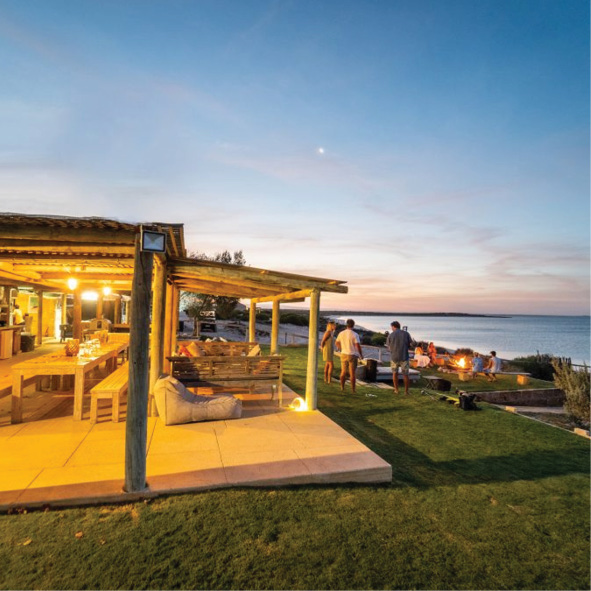








Just getting to the island can be an adventure in itself. Located off the coast of Denham, Dirk Hartog Island is one of those bucket list destinations for many 4WD owners. The only way to get a vehicle onto the island is via the island’s own barge, which operates off the beach at Steep Point. Planning a trip here needs to be well thought through. There is very limited options to resupply, so you must ensure that you are fully self sufficient and prepared for a totally off-grid experience.
Bookings are essential and there is a maximum limit of just 20 vehicles on the island at any one time. Barge transfers to and from the island must be booked 48 hours in advance.
Regardless of the type of adventure you are embarking on, keeping the basics in your vehicle means that you should be bale to deal with most situation that may arise.
You will be in 4WD from the moment you leave the bitumen on the track out to Steep Point until you return. When you are preparing to load your vehicle onto the barge you will have let your tyres down and you will be driving in sand for your entire stay.
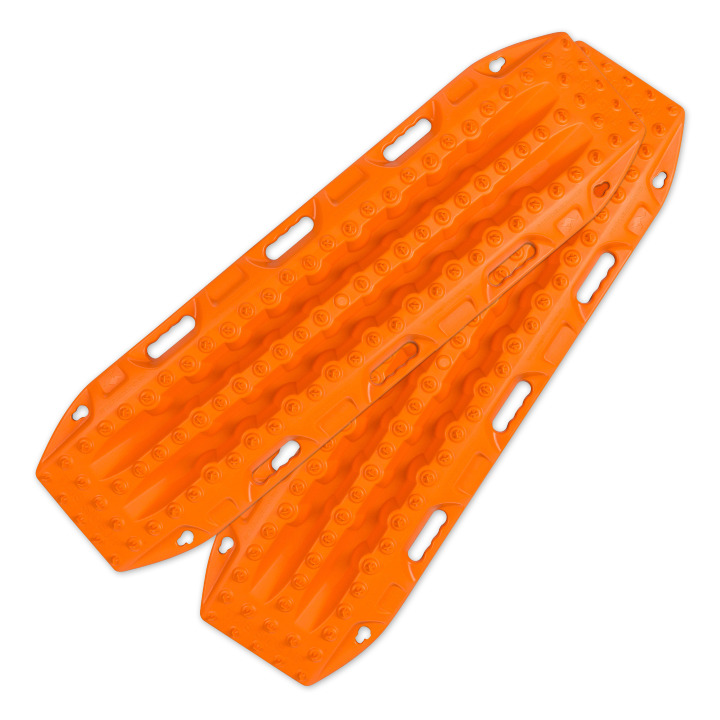
Having the ability to self recover is essential. A full set of recovery boards should be carried.
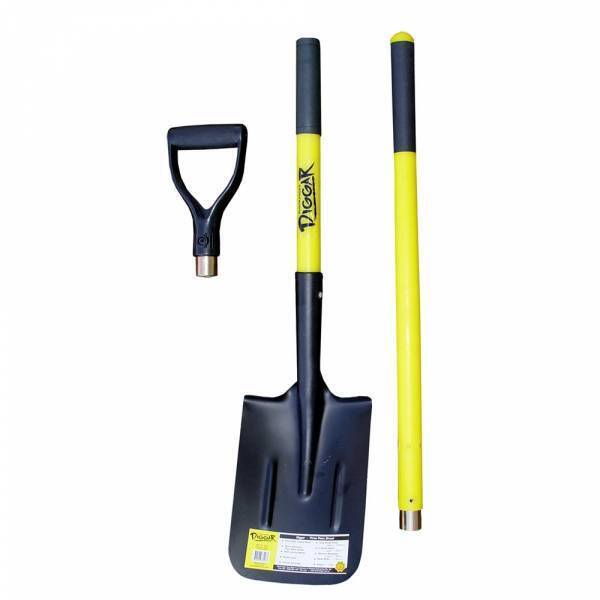
You never know when you are going to have to dig yourself out of trouble or when there is a call of nature that requires a hole.
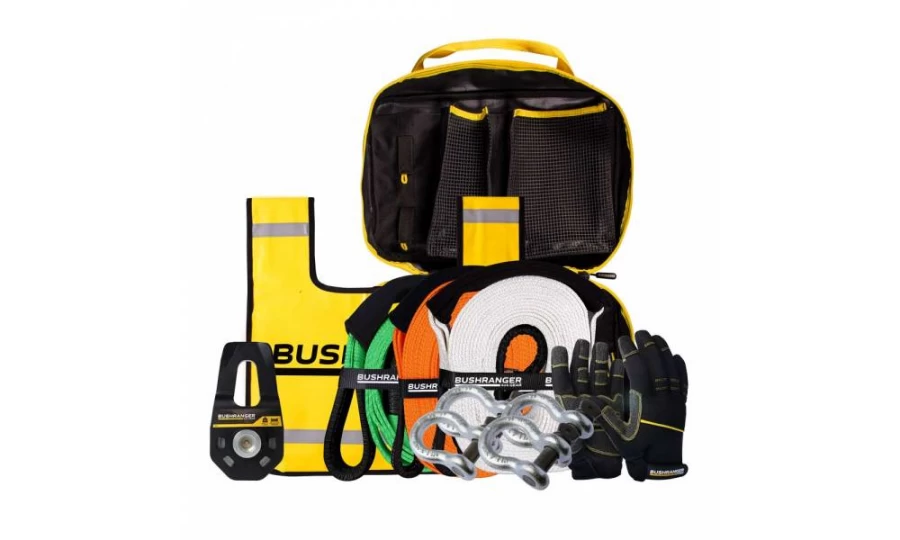
You don’t always need this equipment BUT when you do, you do. Best to ensure that it is always in your vehicle.
Make sure that you have rated recovery points and you know how to use the recovery gear that you are carrying.

Much better than a stick and a lot more accurate. This will get quite a bit of use.
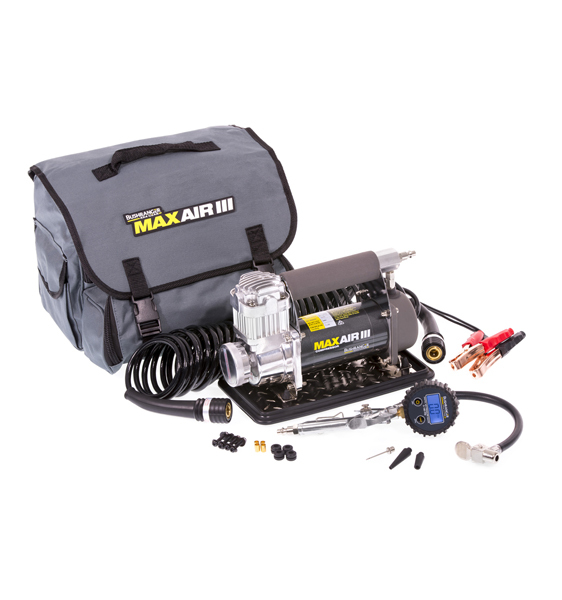
You will need to adjust tyre pressure so make sure you have a reliable air compressor and spare fuses. Check the airlines and fittings before you go to ensure that everything is in good condition.
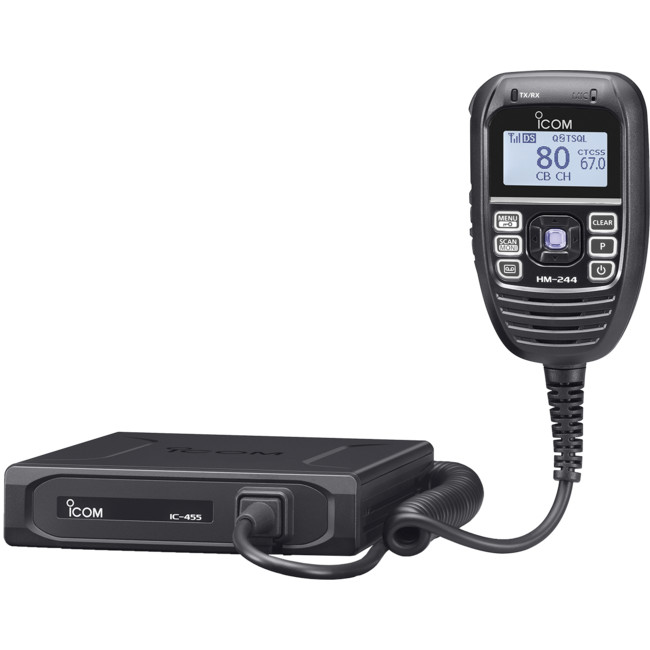
We might sound like a stuck record but we think having a UHF radio installed in your vehicle is a must-have accessory. It makes communicating with others in your group much easier than trying to master the art of smoke signals when the mobile network is not available.
There is a considerable road trip just to get to the island. Make sure you leave your itinerary with a responsible person and check in with them when you can. Mobile phone coverage should not be relied upon. This could impact how well Google Maps (or equivalent works) and you should either invest in a good quality GPS unit or ensure you have a map of the area.
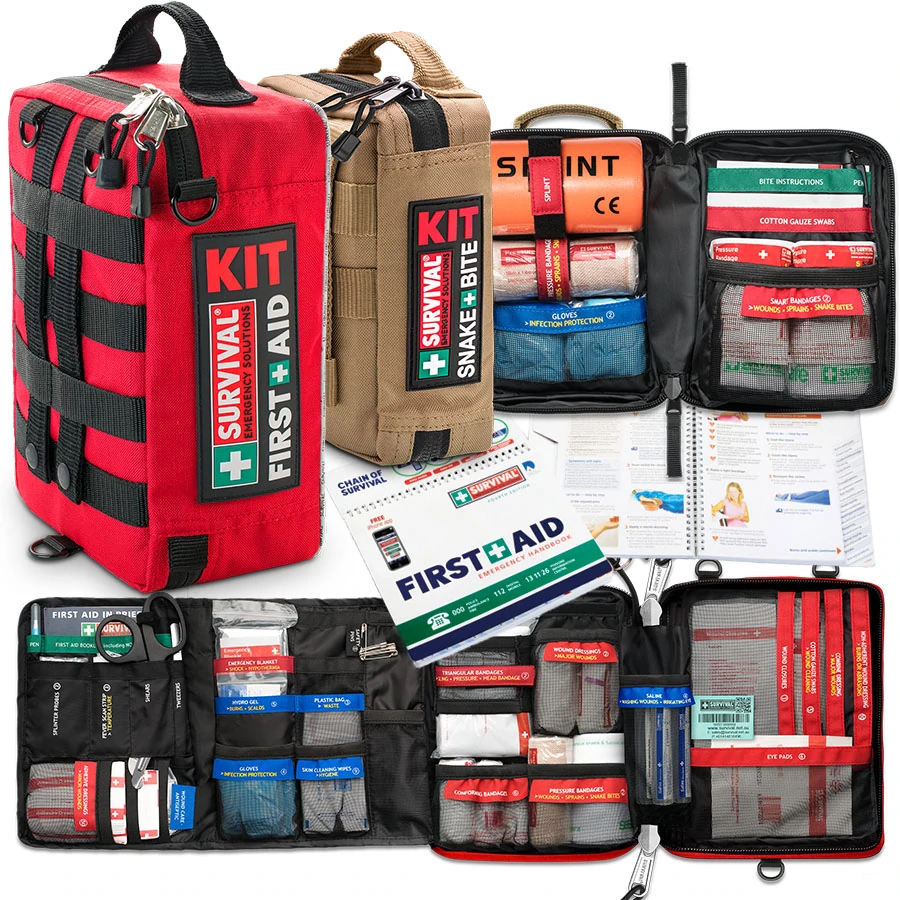
Something to deal with minor cuts and scrapes as well as compression bandages to treat snake bite.
Ensure that you have all medications
Make sure you have some sunscreen and insect repellant with you.
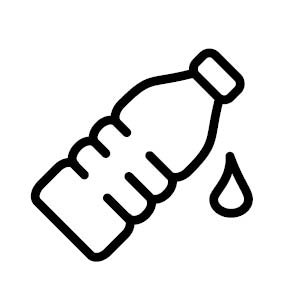
Potable water is extremely limited on the island. Ensure that you have enough to last your entire stay. For planning purposes, work on 10 litres per person per day.
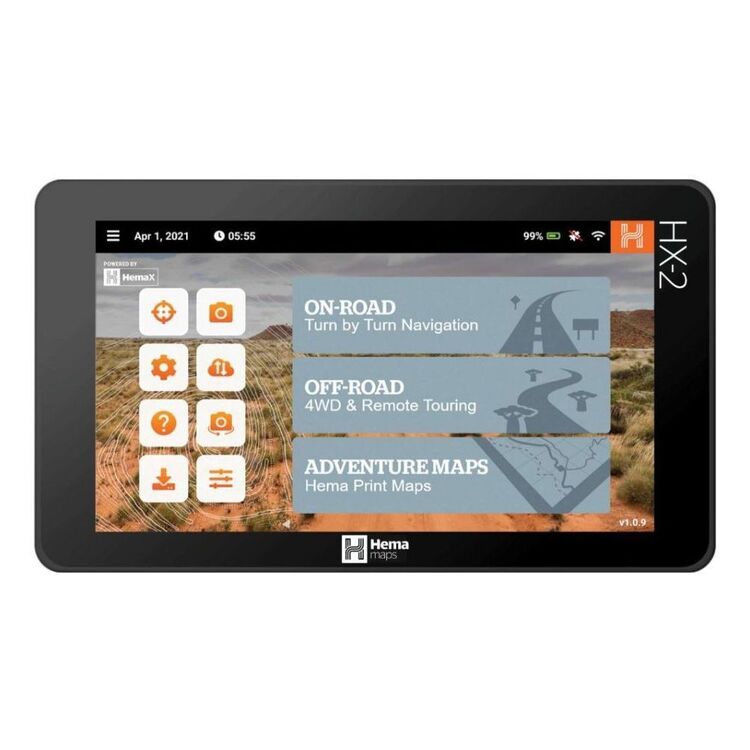
We use and recommend HEMA’s HX2 GPS navigator. The unit does not require mobile phone signal to operate, shows you exactly where you are and what is around you (including points of interest and facilities). The HX2 also gives you turn by turn navigation when back on the bitumen if you need it.
Your other option is to grab a copy of one of HEMA’s maps or 4WD atlas relevant to your area of travel.
If you have a smart phone or an iPad (preferably one that can take a mobile SIM card – you don’t need a SIM installed) you can look at HEMA’s CamperX or 4×4 Explorer.

Keep a roll in the car, along with hand sanitiser and maybe some wipes. Make sure you have a rubbish bag handy and bring all of your rubbish home.

There are no shops so take everything you will need to keep your group fed for the entire stay.
There is plenty to keep you occupied when visiting the island.

On the northern tip of the island there is a replica of the original inscribed plate, heralding the arrival of the Dutch sea captain, Dirk Hartog on the 25th of October 1616. Now known as Cape Inscription, this is one of the earliest recordings of European discovery of Australia.

The island was once a pastoral station but has since been handed back to the Department of Park and Wildlife for management. There are several programs underway to remove feral animals and to reintroduce endangered native species.

Take a camera and try your hand at some scenic shots or even some macro. It’s also a great spot to get some nice portrait shots of friends and family or even a candid shot of the natural surroundings.
The rugged coastline and historic buildings such as the Cape Inscription Lighthouse offer some amazing subjects and backdrops.

This is a great place to get some drone footage. Take care when the winds pick up and when flying around some of the coastal cliffs. Follow the CASA regulations when operating

Who goes to an island and not try their hand at fishing? You are literally spoilt for choice as to where you can wet a line and the potential species of fish you can catch. Remember, it’s not called Shark Bay for nothing and there are plenty of hungry critters swimming around that are more than happy to remove anything you catch off your hook.

The Dirk Hartog Island website is the go-to resource for planning and booking your stay.